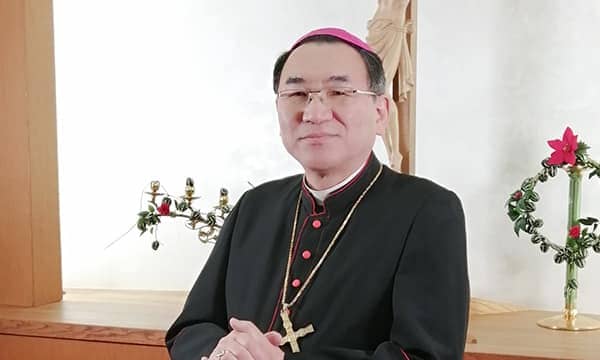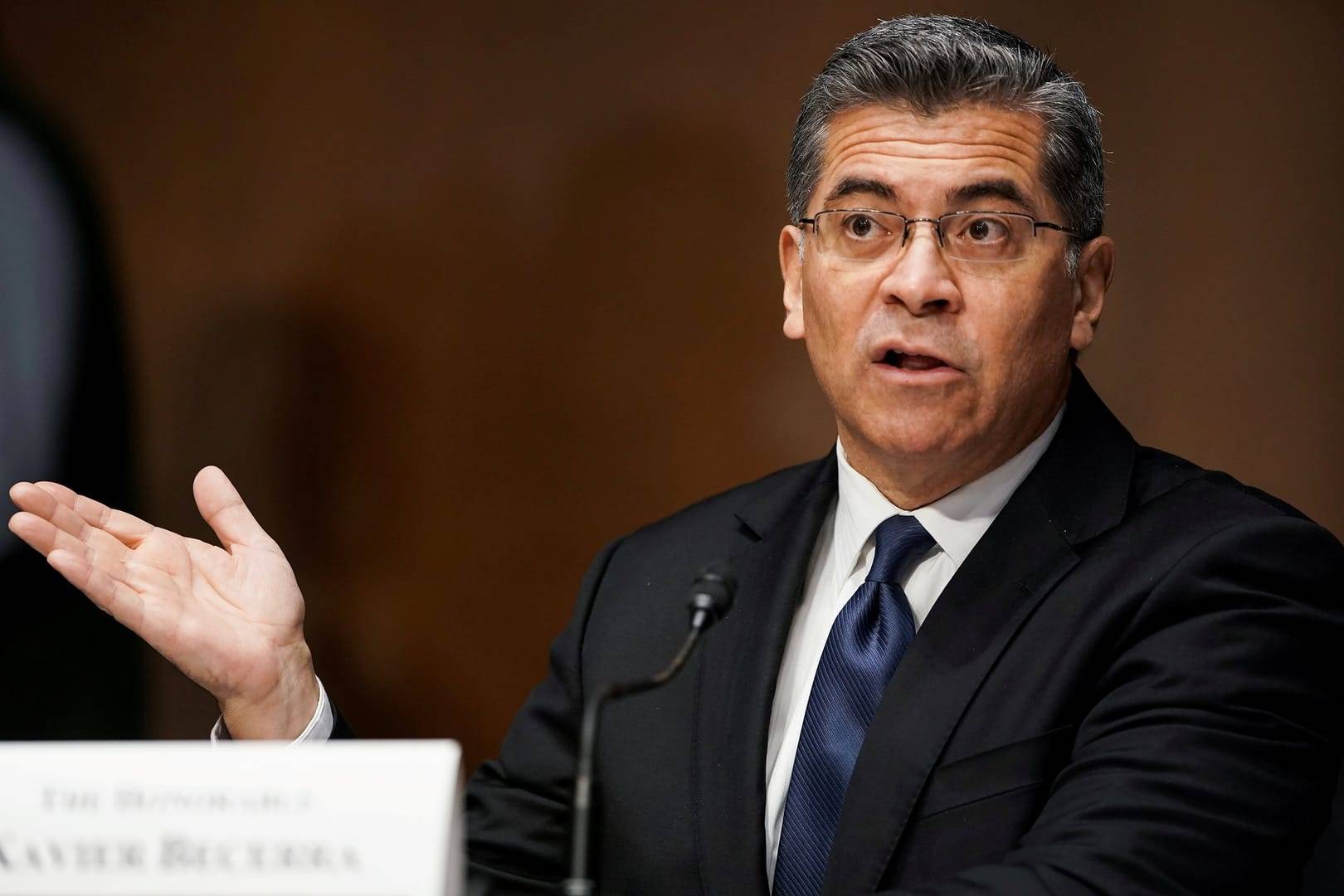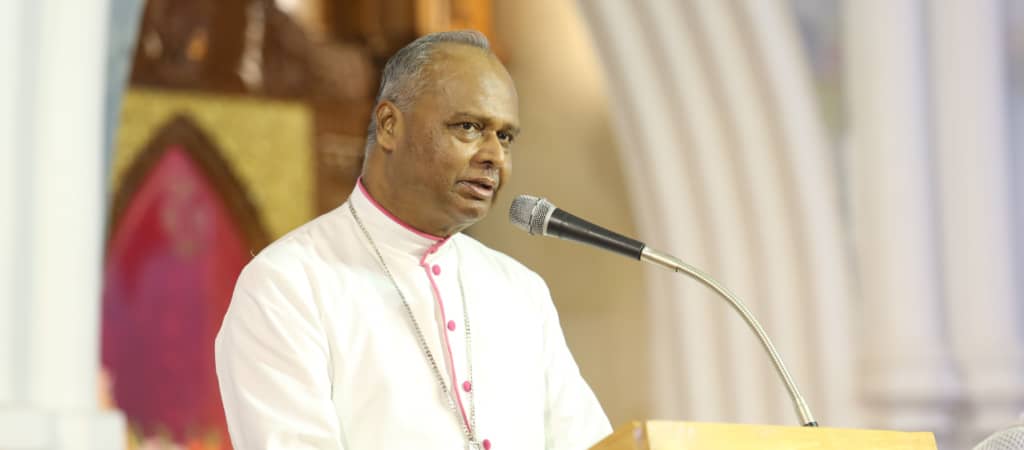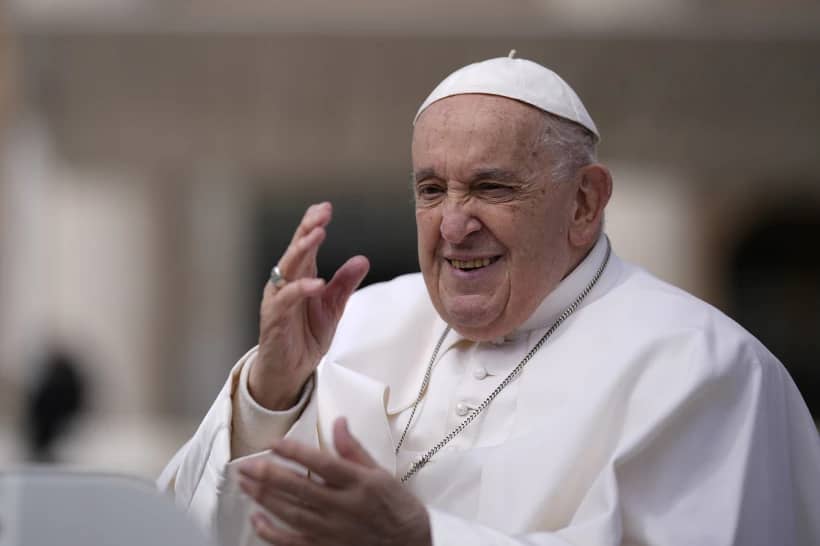Every now and then a story comes along that perfectly captures a couple of aspects of the Vatican’s internal culture, points that often aren’t well understood, but that are essential to grasping what makes the place tick.
This week’s revelation that a former employee apparently is trying to ransom back a couple of stolen letters by Michelangelo is a classic example.
In a nutshell, a Roman newspaper reported over the weekend that a letter personally penned by Michelangelo had gone missing almost two decades ago, although that loss was never disclosed. Recently, someone approached a senior Vatican official to offer to return the stolen property for a payment of 100,000 Euro, or a little more than $100,000.
On Sunday, a Vatican official confirmed the story, adding that two letters were actually stolen, not just one, while insisting the Vatican has no intention of paying any ransom because taking the documents was a crime.
In brief, here are two elements of Vatican culture the story illustrates:
- Never air your dirty laundry in public.
- On the inside, the system traditionally has put much more emphasis on trust than vigilance.
The first point is clear from the fact that the theft of two priceless letters from the Fabric of St. Peter’s, the office that administers St. Peter’s Basilica, apparently happened in 1997, yet was never acknowledged publicly until now.
Of course, the Vatican has a long and checkered history of striving to keep embarrassing or potentially destabilizing information under wraps.
Famously, Vatican spokesmen failed to mention that the person who discovered the dead body of Pope John Paul I in 1978 was an Italian nun, Sister Vincenza Taffarel, since it was regarded as unseemly to concede that a woman was in the papal apartments early in the morning. That ham-handed attempt at decorum has given rise to an endless roster of conspiracy theories, each progressively nuttier than the last.
Likewise, the Vatican steadfastly refused to confirm until he was on his death bed that Pope St. John Paul II suffered from Parkinson’s disease.
The same reticence applies in other areas. When Australian Cardinal George Pell, the pope’s chief financial reformer, recently announced the discovery of $1.5 billion in “hidden” assets in various departments, he chalked it up to a genetic inclination in some quarters of the Vatican never to reveal the full truth if you don’t absolutely have to.
“There was a tendency to think it’s always best to keep some things private, to never show your full hand,” Pell said in a Crux interview.
At least as far money and criminal behavior are concerned, Francis has pledged a new era of transparency. One test might be this: If some other priceless artifact goes missing from a Vatican collection today, will we have to wait another two decades to find out?
The second insight has to do with the manner in which the letters disappeared in the first place.
Although a Vatican spokesperson did not confirm any details about who made the approach to sell back the letters, the newspaper Il Messaggero reported that the offer came from a former Vatican employee.
Assuming that’s accurate, the question has to be asked: How in the world could a Vatican employee be in a position to make off with two original letters by Michelangelo without being detected? Further, how could that person sit on those letters for the better part of 20 years without anyone suspecting?
Perhaps this was the perfect crime, but the more likely explanation is that it speaks to what has long been one of the least appreciated features of life in the Vatican: Until not so long ago, if you were considered della famiglia, meaning “of the family,” then there were almost no meaningful controls over your freedom of action.
The Vatican can be notoriously difficult for an outsider to penetrate. Once you’ve made it, however, the situation traditionally has been exactly the opposite.
Here’s how things worked until quite recently for insiders, including relatively low-level employees: Gendarmes stopped checking your passes to see where you were going, because they assumed your movements were legitimate. Officials at the Vatican bank didn’t ask many questions about where the cash you were depositing came from, because the presumption was that it was on the up-and-up.
Walking in and out of even theoretically highly secure environments was a piece of cake, because it was just taken for granted that you were safe. In that context, the surprise is probably not that a couple of Michelangelo letters were stolen 18 years ago, but rather that such occurrences aren’t far more common.
To be fair, that hidden informality and trust was a welcome compensation for the ostentation and rigor that Vatican folks often have to put up with in public.
When a handful of elderly personnel declared in the late Benedict XVI years that they planned to move their money elsewhere rather than put up with new controls imposed at the Vatican bank, one understands their nostalgia for a world that in some ways had passed them by.
The climate of trust has been badly eroded by scandals, including the Vatican leaks affair and a whole series of financial embarrassments. Especially when it comes to money, Francis has moved aggressively since his election two years ago to create a new system of checks and balances.
In the wake of the Michelangelo ransom affair, it’s possible that corresponding new controls may be envisioned not just for the Vatican’s cash, but also for its historical treasures, beginning with items that aren’t lodged in a museum or archive, but which form part of the records of other departments such as the Fabric of St. Peter’s.
If handbags have to be searched at the end of the day, or detectors and security guards have to be installed in the entrances to offices, some old-timers may chafe at yet another intrusion on a trust-based culture they had come to cherish.
Francis, however, was elected on a reform mandate to avoid future scandals, and part of what “reform” means may well be a little less trust and a lot more verify.

















